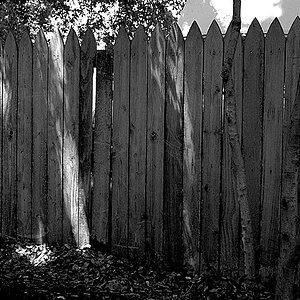Grandpa Ron
Been spending a lot of time on here!
- Joined
- Aug 9, 2018
- Messages
- 1,156
- Reaction score
- 703
- Can others edit my Photos
- Photos OK to edit
The data sheet for D-76 developers tells me about how many rolls or sheets of film I can get to a gallon of developer.
How do you know when the stop bath and the fixer are depleted? What should I look for to tell if the useful life of the stop and fixer are at an end?
Just getting back to black and white film and I will be working with 35 mm and 4x5 cut film.
How do you know when the stop bath and the fixer are depleted? What should I look for to tell if the useful life of the stop and fixer are at an end?
Just getting back to black and white film and I will be working with 35 mm and 4x5 cut film.










![[No title]](/data/xfmg/thumbnail/32/32638-22cfef06fc91cb3aee39b7b55c36198d.jpg?1619735555)


